Cirrus Cycles Body Float Suspension Seatpost: Checkpoint — In the two months since we introduced you to the Body Float suspension seatpost from Cirrus Cycles, we’ve been blessed with some of the best late-fall riding in recent memory. This has given us ample time to ride the posts on a variety of bikes, in conditions including gravel (of course) on our drop-bar rigs, to frozen singletrack on fatbikes. And what we found was impressive…
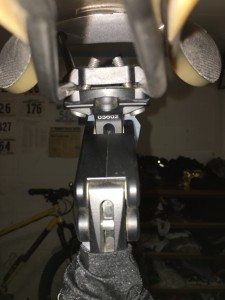
Ride Impressions:
As you may remember from the introduction, the Body Float is a parallelogram-type suspension post, and the orientation of the links allows the saddle to move almost exclusively in a vertical plane. Two coil springs suspend the rider, and these are adjustable for rider weight by swapping out springs, either one or two at a time.
The literature included with the post does a great job of getting you the right springs for your weight, and both of our testers had no problems finding their preferred setup. Once the right springs are selected and installed, a hand-adjustable preload knob allows you to fine-tune the amount of sag (negative travel) the post has. Increasing preload also increases the post’s resistance to initial movement, but has minimal affect on deep-travel stiffness (which is more a function of the springs chosen/installed).
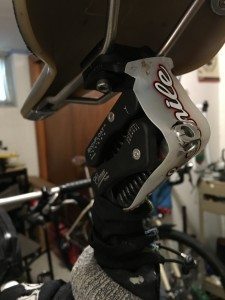
With all that said, the ride performance of the Body Float, regardless of conditions, is simply stunning. And for as good as it is at erasing the chatter of gravel roads, it’s equally adept at reducing rider fatigue and increasing rear wheel traction on a fatbike rumbling down a slick, rough singletrack. For one post to be as adept at handling such a wide variety of conditions is a testament to the post’s sound design, and also to the years of testing and refinement by Cirrus Cycles.
Guitar Ted recently made some great comments on his blog about his experience with the BodyFloat post, and I think the following distills the experience down down to its basic level very well:
I will say that you just cannot really understand what it does for your riding until you have ridden it for a while and then ride a standard seat post. Suddenly the little bits of unweighting the bike and the times you level out the pedals and coast a micro-second to absorb a small dip which were unlearned while using the Body Float have to be relearned. Because of that, you suddenly become conscious of how much chatter you aren’t trying to avoid with the Body Float that you have to when riding rigid posts. Then you have the “aha!” moment and the worth of the post becomes quite evident.
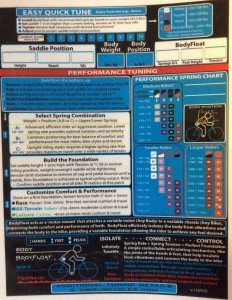
There were a number of rides, mostly after riding a bike with a rigid post, where the first half-mile of the ride would feel a little ‘bouncy’, as my body once again got used to the subtle movement of the post. After that, the post’s movement disappeared under me and I didn’t again think about it… Unless it was to wonder how that rough patch just disappeared under my wheels with so little drama.
On group rides, I was frequently asked if the change in effective seat height hurt my knees, but I had no such issues. Historically, my knees have been pretty sensitive to seat height, so I was as surprised as anyone when I wasn’t bothered in the least by the post’s travel. But I’ve always been stoked to have the post’s suspension on every bike, on any road or trail I’ve tried it on.
My willingness to keep the post on my bike despite the fact that a similar length rigid post often weighs around half of the BodyFloat’s 548 gram weight is a testament to my love for its performance. For midwestern singletrack or gravel riding, the post’s performance greatly outweighs the weight of the post itself. And the peace of mind I get from the titanium shaft is right in-line with what I’d want on a ‘big ride’ such as TransIowa or the Tour Divide.

Challenges encountered:
I’m happy to say the Body Float seatpost has been pretty much an install and forget piece from a maintenance standpoint. That said, about 30 days into the test, a small hole wore through the thin fabric cover on the post. I believe the cover itself is a prototype item, and it has little function other than aesthetics. Being a prototype, if I were going to ask Cirrus Cycles for anything relating to the cover, I’d ask for it to be made out of a slightly heavier, more durable material, perhaps with a waterproof coating to ward off water/dirt being sprayed up from the tire.
The hole in our post’s cover was shored up with a small dab of Shoe Goo. Had we been in search of a more visually appealing solution, it could have been sewn, but it’s mounted on a dirt bike… So while beauty isn’t a requirement, performance and reliability are absolute necessities. Fortunately, those are areas where the BodyFloat post shines, and the small hole in the cover didn’t detract from the overall performance of the post whatsoever.
So Far, So Good:
The Body Float from Cirrus Cycles is a product that’s not going to suit every rider, but for cyclists looking for products that can help make the miles pass more smoothly, it’s worth a look. Gravel cyclists in particular seem to be a perfect match, as the Body Float absolutely destroys the washboard-style bumps commonly found on gravel roads.
To learn more about the BodyFloat, head on over to CirrusCycles.com.


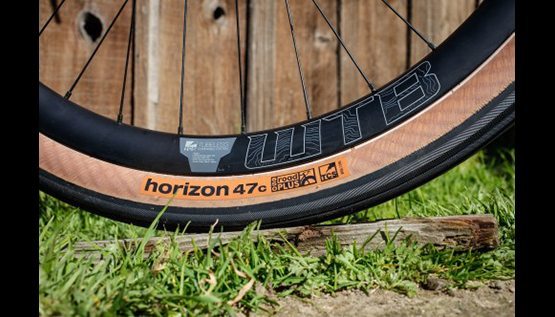
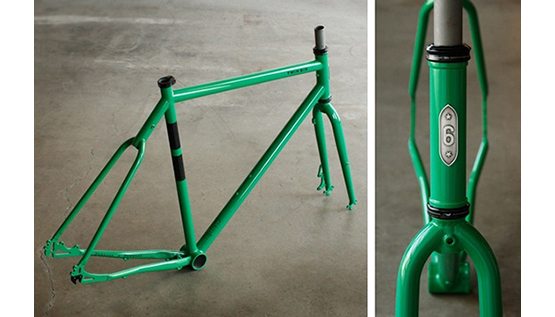
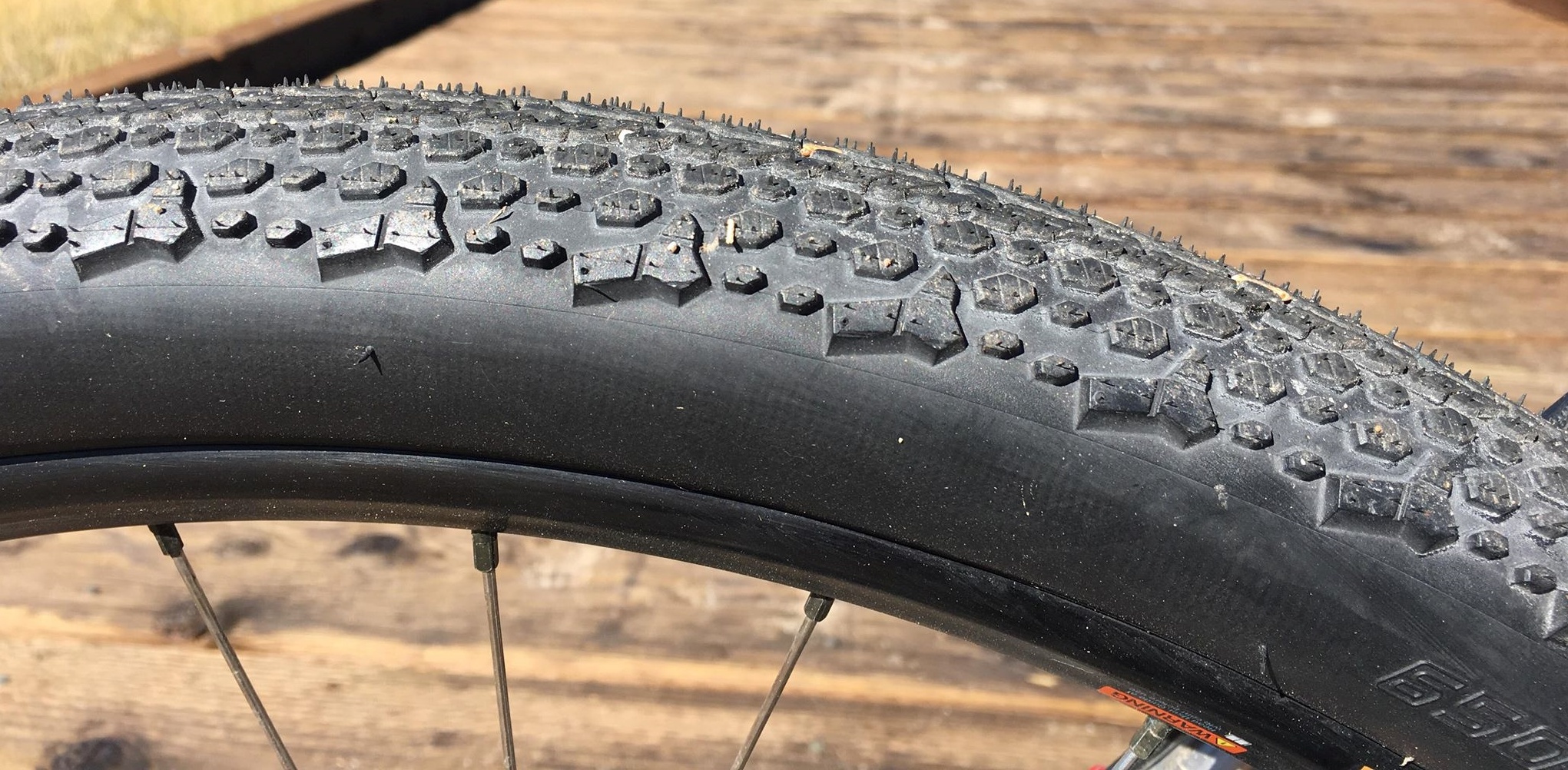

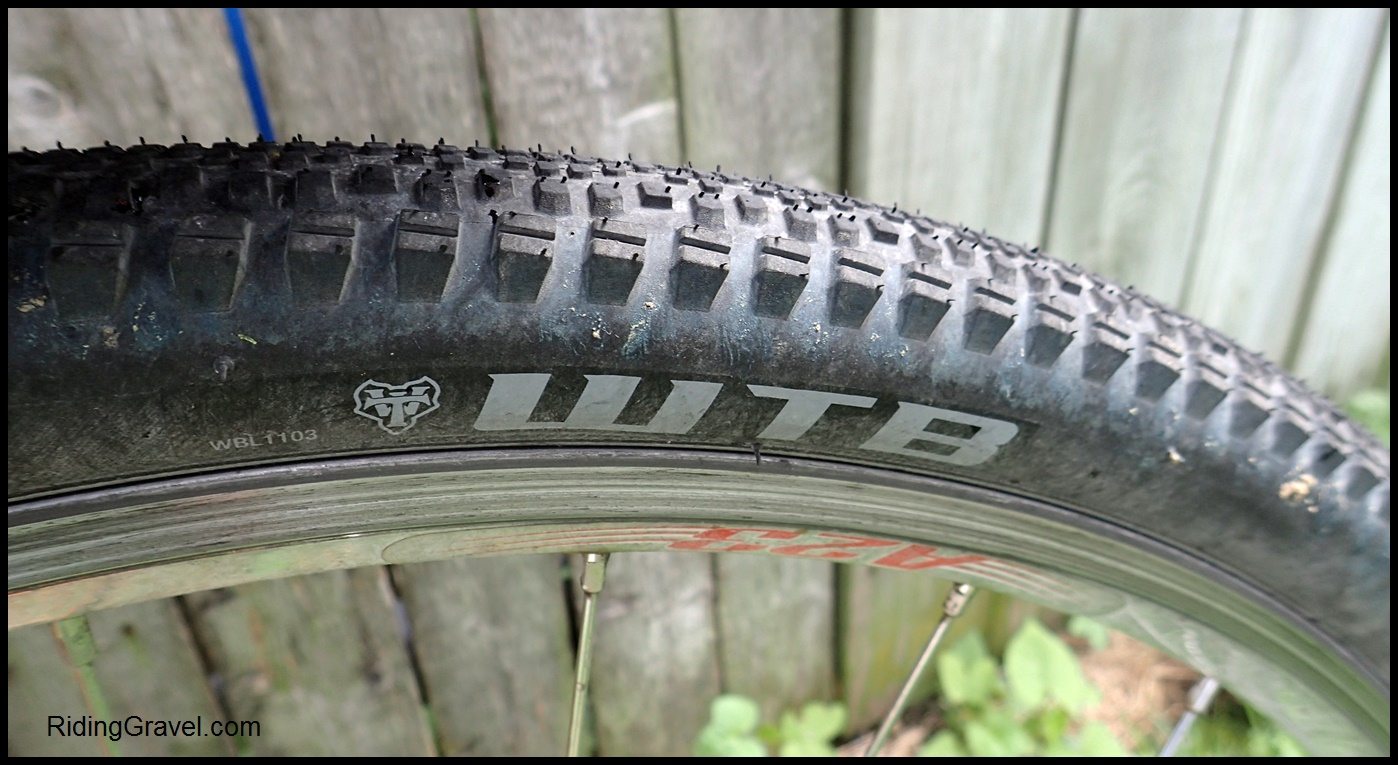
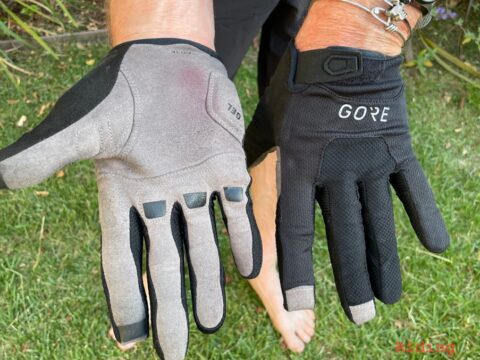
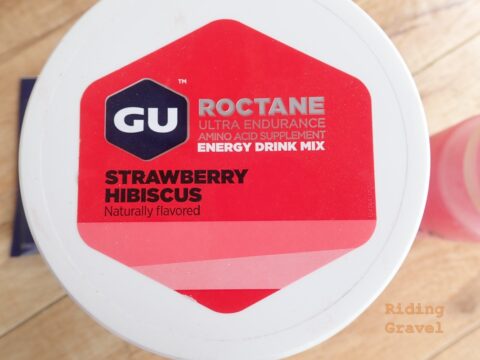


1 thought on “Checkpoint: Cirrus Cycles Body Float”